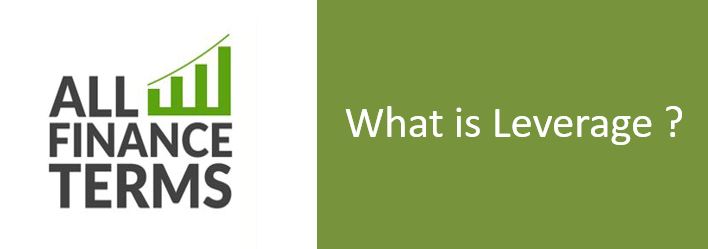Definition of Leverage
Leverage also sometimes known as gearing is a technique of investing borrowed money in assets to earn profit return for the business.
Business need capital to run. These capitals can either be in the equity form or debt form.
Brief Explanation of Leverage
Equity: Equity is the money of investors in the form of shareholders. Shareholders then own the company, make decisions and earn profit in the form of dividends.
Debt: Another form of financing is debt. This money is borrowed by the banks or other financial institutions and interest is paid back along with principal amount.
The higher the debt the higher the interest and hence higher the leverage of the company. High leverage effects the earning per share of the company in a negative way.
This shows that financing the business with too much debt can be dangerous for the investors and the company.
The formula to calculate Leverage is as follows:
L = Total debt/Total equity
Suppose a company has $ 1 m debt and $ 2 m equity then leverage is $ 1 m/ $ 2 m = .5 .This shows that half the business financing is done by debt and most of the profit earned would be used in interest repayment. Hence less the leverage better it is for the investors.
It is therefore recommended that a good blend of both financing method be used while conducting the business.
- Not all equity because dividend paid are not tax deductible while interest paid on debt is tax deductible.
- Not all debt because too much interest needs to be paid and if not penalty is applied and company can liquidate.
- Financial leverage ratio is an important indicator of the company investment decisions.


